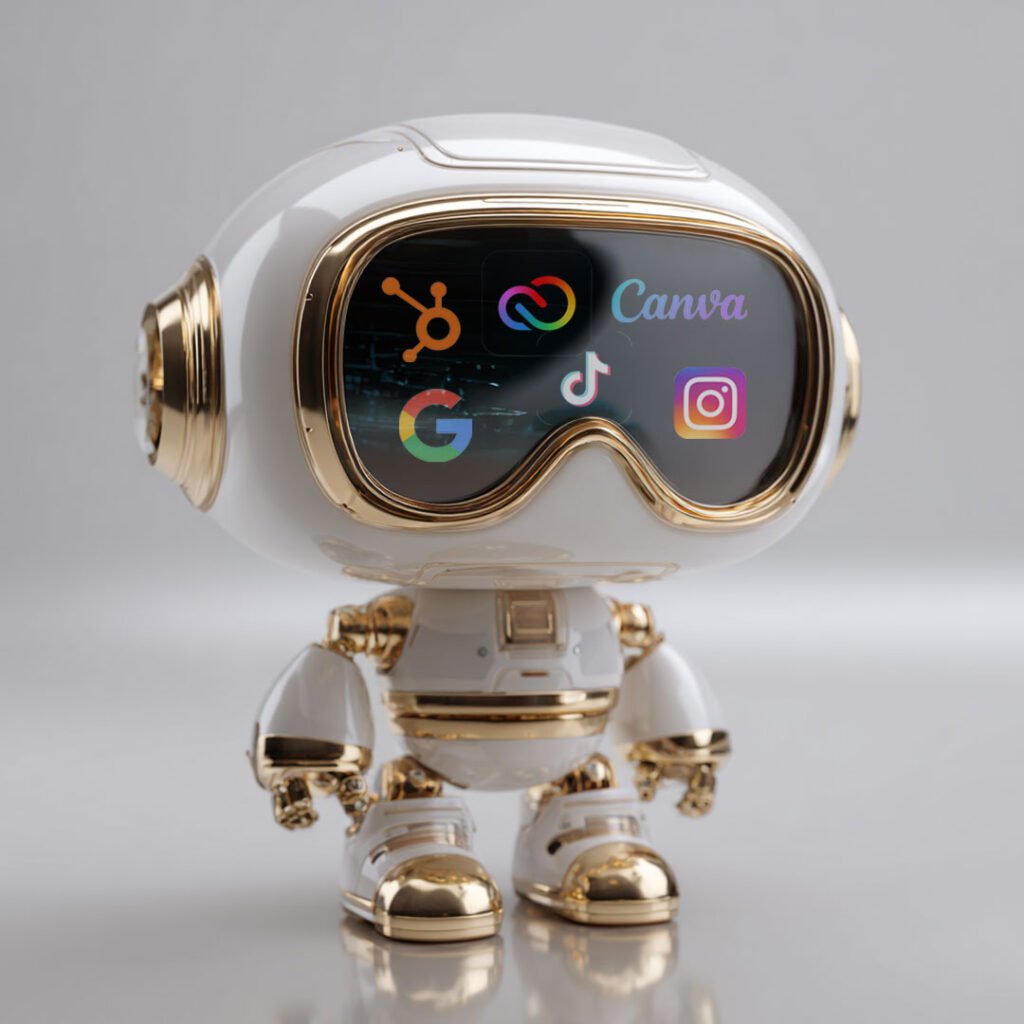Advertising isn’t broken because people hate ads.
It’s broken because too many ads are built for the wrong brain.
The traditional approach to advertising assumes attention is there to be grabbed, interest is linear, and decisions are rational. But in the real world? People scroll fast, multitask constantly, and make decisions in milliseconds—most of them subconscious.
So the question isn’t “how do we stand out?”
It’s “how do we fit in—while still mattering?”
Let’s unpack why most advertising doesn’t work, and what brands can do instead to cut through noise without being part of the problem.
1. Your Ad Is Competing With a Human Habit Loop
People don’t visit social platforms or open apps with the intention of seeing ads. They come for habit-based reasons: to check something, soothe something, or seek a little dopamine.
Your ad interrupts that loop.
If it doesn’t immediately feel relevant—or if it disrupts the scroll without earning its place—it triggers resistance. Behavioral researchers call this reactance: a mental pushback when we feel our autonomy is being infringed upon.
What to do instead:
Make the ad native in feeling, even if it’s clearly marked as sponsored. Match the aesthetic of the platform. Speak in the tone your audience already uses. Show up like a peer, not an outsider yelling from across the feed.
2. You’re Asking for Too Much, Too Soon
Most ads jump straight to conversion: Buy now. Book now. Learn more.
But unless you’re catching someone in an immediate need state, that CTA falls flat. People don’t leap from passive browsing to active decision-making just because your ad is clever.
It’s not that they’re not interested. It’s that your ask is out of sync with their mental state.
What to do instead:
Design your ad to match the moment. Use behavioral targeting to serve low-friction asks (like a scroll-stopping insight or free resource) earlier in the journey. Build curiosity or value before you pitch. Give before you take.
3. Your Message Is Confusing or Overdesigned
When someone sees your ad, they’re deciding—fast—whether it’s for them.
Too much text, unclear visuals, or cleverness that obscures meaning creates cognitive load. That means more effort for the brain, and effort signals risk.
The brain’s default setting in a high-noise environment is: skip.
What to do instead:
Use behavioral cues to reduce friction. Keep messages tight and visual hierarchy clear. Assume your viewer will glance, not read. Design for skimming, and test different layouts for first-glance impact.
4. You’re Not Triggering an Emotion—You’re Explaining a Feature
People don’t buy features. They buy better versions of themselves.
Yet many ads focus on what a product does instead of how it feels to have it, use it, or become the kind of person who chooses it.
What to do instead:
Use emotional framing and behavioral storytelling. Highlight outcomes over functions. Show transformation, not just transaction. And remember: a single, well-placed emotion outperforms a list of rational benefits.
5. You’re Treating Advertising Like a Solo Act
One ad—even a great one—won’t build trust or close a sale. But too many campaigns act like the ad is the whole show.
In reality, it’s one touchpoint in a broader ecosystem. When your ad feels disconnected from the landing page, brand voice, or follow-up experience, people drop off.
What to do instead:
Make advertising part of the experience, not a detour. Match tone, design, and intention across touchpoints. Build cohesion—because consistency builds trust, and trust drives action.
So—What Actually Works?
Advertising works best when it respects attention, aligns with behavior, and offers value before the ask.
That means:
- Leading with relevance, not reach.
- Designing for emotion, not just exposure.
- Building systems, not just moments.
Because in a world where everyone’s fighting for attention, the most powerful thing you can do… is earn it.





